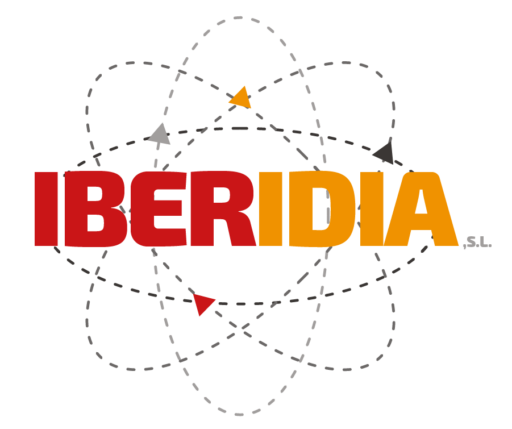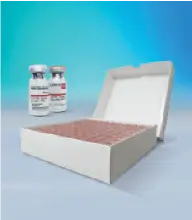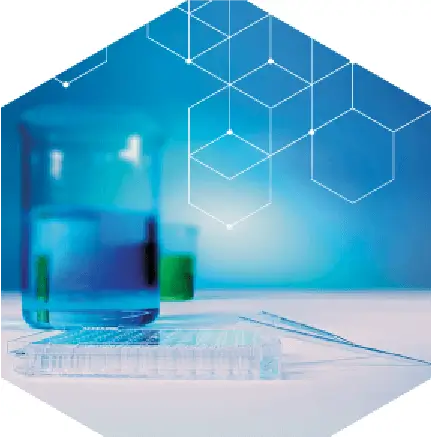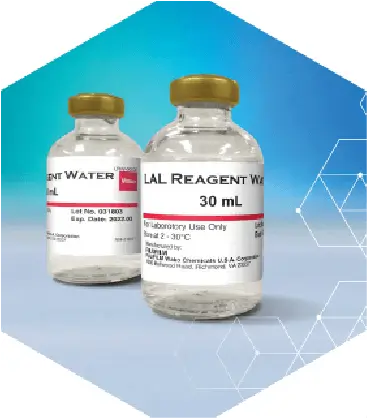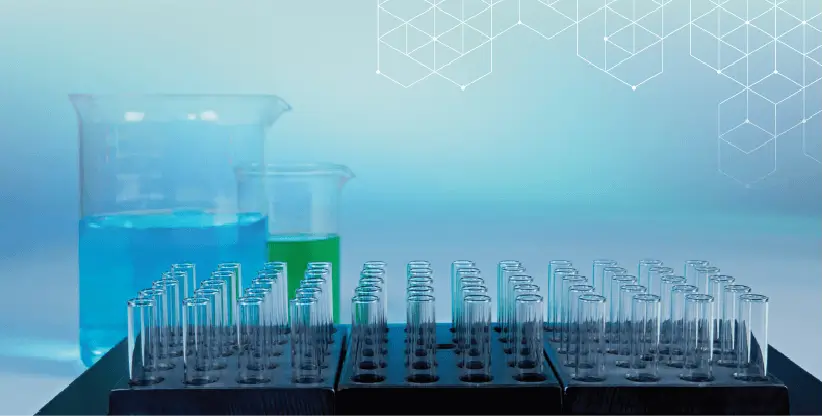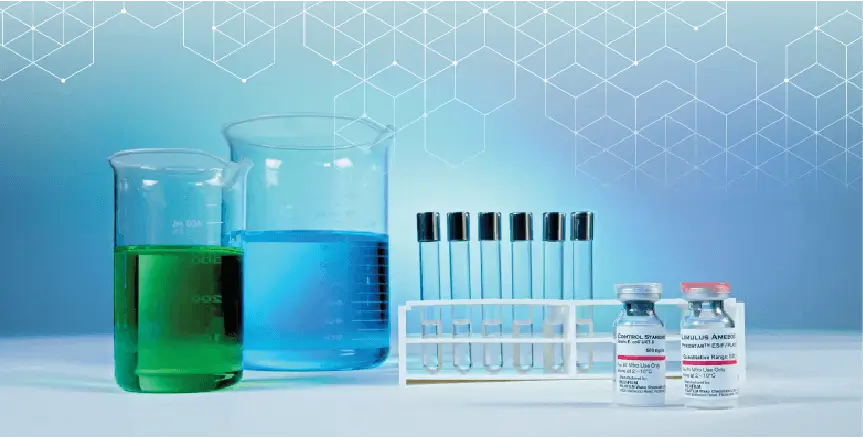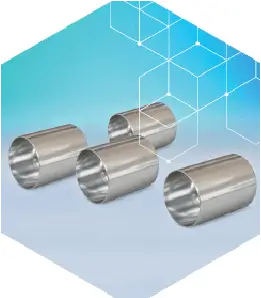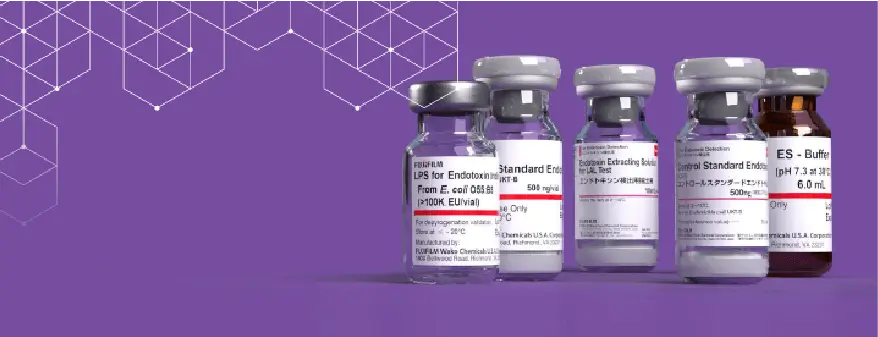Endotoxin Control
Fujifilm
“>Founded in 1981, FUJIFILM Wako Chemicals U.S.A. Corporation has become a trusted global supplier of high-purity chemicals and reagents, currently operating from its headquarters in Richmond, Virginia. In 2012, they introduced the PYROSTAR™ ES-F series, a precise and reliable solution for bacterial endotoxin detection. This LAL reagent, along with a range of complementary products, offers a complete solution for endotoxin testing. Recognized for its commitment to quality and customer service, FUJIFILM Wako’s dedicated team strives to help laboratories maintain the highest standards in quality control.
LAL Techniques
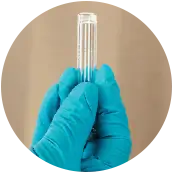
GEL CLOT
Gel-clot assays operate on both a qualitative and semi-quantitative basis. Gel-clot assays are subjected to incubation at 37°C ± 1°C for 60 ± 2 minutes using a water bath, dry block incubator, or tube reader. Following the incubation period, the tube is carefully inverted 180° to assess the formation of a firm gel at the bottom of the tube. If the gel structure within the tube remains undisturbed and retains its integrity, the result is considered positive. If the gel disrupts or collapses, the result is considered negative.

TURBIDIMETRIC
Turbidimetric assays utilize changes in turbidity to assess the presence of endotoxins. The end-point turbidimetric reaction is quantified after a defined period following the combination of the reagent and the sample. The kinetic-turbidimetric reaction determines the time required to achieve a pre-established optical density or threshold value. Both methodologies can be measured at approximately 405 nm under incubation at 37°C ± 1°C using a microplate or tube reader and are capable of generating a linear regression of the standards.
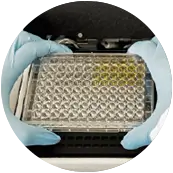
CHROMOGENIC
Turbidimetric assays utilize changes in turbidity to assess the presence of endotoxins. The end-point turbidimetric reaction is quantified after a defined period following the combination of the reagent and the sample. The kinetic-turbidimetric reaction determines the time required to achieve a pre-established optical density or threshold value. Both methodologies can be measured at approximately 405 nm under incubation at 37°C ± 1°C using a microplate or tube reader and are capable of generating a linear regression of the standards.
FUJIFILM Wako provides a new line of reagents formulated to perform each of the three endotoxin detection assays: the Gel-Clot assay, the Kinetic Turbidimetric assay (KTA), 1 and the Kinetic Chromogenic assay (KCA). Traditional LAL reagents are untreated, 2 meaning they react not only with endotoxins but also with (1,3)-β-D-glucan, a component of fungal cell walls that initiates the coagulation cascade by activating the Factor G pathway (see page 6). (1,3)-β-D-glucan activation will generate a false positive endotoxin result because it is difficult to determine which pathogen is being measured.
LAL activation by (1,3)-β-D-glucan in a sample can be avoided by adding a high amount of carboxymethyl curdlan (CMC), which does not interfere with endotoxin quantification. FUJIFILM Wako first utilized these findings when developing an endotoxin-specific buffer containing high concentrations of CMC. Each reagent also contains buffering components that help maintain most assay mixtures within the pH range necessary for accurate and reliable results (6.0–8.0).
Available only in Fujifilm authorized countries.
SOLUCIONES EFICACES ADAPTADAS A LA INDUSTRIA FARMACÉUTICA Y ALIMENTARIA
Somos tu Aliado Confiable en Importación y Distribución

